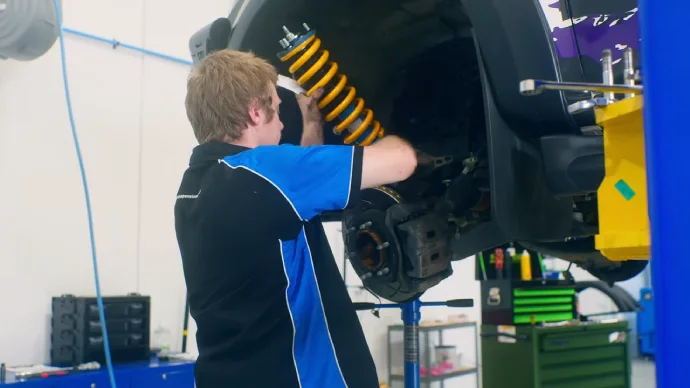Last Updated on May 7, 2023
Installing a lift kit on your vehicle effectively creates more ground clearance and access to uncharted off-road trails. You need to be aware of increased ground clearance’s effects on stock shocks.
If you choose a lift kit over two inches, longer shocks are necessary. It keeps up with any changes in vehicle performance and handling resulting from the modification.
To maximize your vehicle’s performance when installing a lift kit, consider factors such as size, type, and strength when selecting shocks specifically designed for the job. Here we’ll discuss why longer shocks are essential and the factors that should be considered while selecting them.
Why Do You Need Longer Shocks with a Lift Kit?

Installing new shocks besides the lift kit on your vehicle is the perfect way to add durable support and superior stability throughout its entire suspension system. Not only will this upgrade reduce bounce, enhance handling ability, and increase ground clearance, it’ll take any terrain with confidence.
1. Stock Shocks are Designed for the Original Suspension Height:
When a car is manufactured, it comes with factory-installed stock shocks that are designed to work with the vehicle’s original suspension height. As such, these stock shocks are only meant to offer a certain amount of travel and dampening power, which may not be enough once you lift your vehicle.
With an increased distance between the suspension mounts due to a lift kit, you will need longer shocks in order to accommodate the added height. Longer shocks can provide more travel and dampening power so that your ride maintains its smoothness even when lifted.
2. Increased Distance between Suspension Mounts:
A leveling kit increases the distance between the suspension mounts on your vehicle. This change in geometry affects how far the shock can move and how much dampening power is available for it to absorb any bumps or vibrations from the road surface.
Without longer shocks specifically designed for this increased height, your suspension won’t be able to perform as intended, leading to an uncomfortable ride. Longer shocks are more powerful and have more travel to help compensate for any additional stress on the suspension as a result of lifting it.
These shocks also enable smoother transitions through rough terrain and improved traction off-road due to their ability to respond more quickly and accurately than shorter ones when faced with varying surfaces or elevation changes.
3. Won’t be Able to Move through its Full Range of Motion:
Installing a leveling lift kit on your car will increase its ride height significantly by increasing the distance between the vehicle’s suspension mounts. This also means that the shorter stock shocks can’t move through their full range of motion anymore because there is not enough space for them to effectively do so.
To ensure that your car receives adequate shock absorption on uneven terrain or bumpy roads, you should invest in longer shocks specifically designed for taller vehicles. Not doing so could lead to uncomfortable and dangerous driving experiences as well as damage to other parts of its suspension system over time.
4. Decrease Performance with Stock Shocks:
A suspension lift with longer shocks is a must for any off-road enthusiast looking to improve their performance. New longer shocks are designed for better controlling the vehicle when navigating bumpy terrain or taking sharp turns at higher speeds than stock rides would otherwise permit.
Increased shock length will absorb more of the bumps from the road and reduce bouncing, making acceleration smoother and enhancing handling. The driving experience will also be improved as cornering can be taken at greater speeds without affecting the stability of your vehicle.
How Do You Find the Correct Length of a New Shock for a Lift Car?
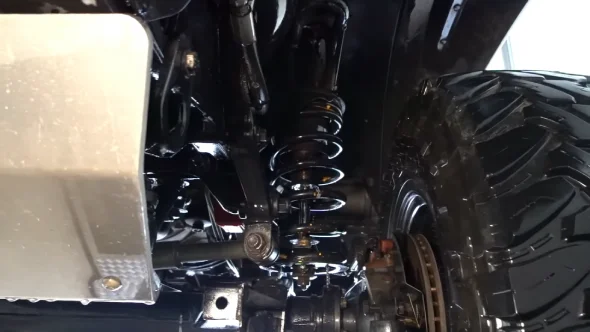
Creating a safe and enjoyable driving experience starts with finding the exact shock length for your lifted car. Follow these steps to make sure it’s done correctly.
Step 1: Measuring Suspension Travel
To ensure optimal fitment and performance, measuring the suspension travel at all shock mounting points is necessary. This includes measuring between the shock mounts and actual mounting locations (centers of studs or pins, bolt holes, etc.). Investing in extra clearance for maximum comfort and safety is also important.
Before measuring the suspension travel, maxing out the flex on the axle safely is important. This can be done by stretching one side out while compressing the other with a ditch or flex ramp. It is also essential that the vehicle being measured be positioned safely and stationary before climbing underneath.
Step 2: Calculating and Determining Shock Length
Once all measurements have been obtained, they can be used to calculate and determine what size shocks are required after lifting. Aftermarket shocks need sufficient space to accommodate a minimum compression dimension of 10-15mm beyond the required length to provide ample suspension travel.
Using these measurements and calculations, you should now have enough information needed to select an appropriate aftermarket shock that offers maximum performance and comfort when lifting your car.
Considerations When Selecting a Longer Shock for Your Lift Kit Installation
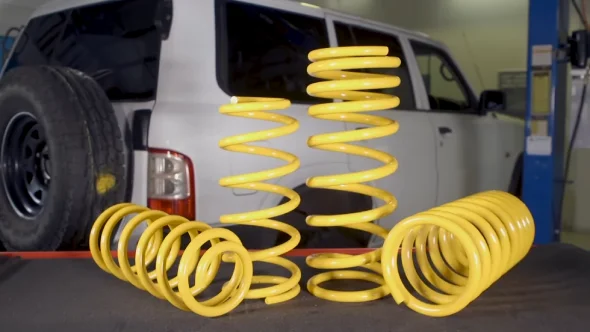
Outfitting your car with a body suspension lift kit? Ensuring the optimal longer shock for you requires careful consideration of several factors, such as vehicle type and weight, tire size, terrain conditions. Deliberate wisely to ascertain which combination is perfect for fulfilling all your driving requirements.
1. Types of Longer Shocks:
Longer shocks come in four varieties: twin-tube, mono-tube, gas-filled, and external reservoir shocks.
Twin-tube shocks feature two tubes filled with hydraulic fluid and separated by a dividing piston. They provide consistent dampening over long distances and are cost effective as well as reliable.
Mono-tube shocks have one tube filled with oil or nitrogen gas which provides consistent dampening over long travels without excessive heat build up from compression strokes.
Gas-filled mono-tubes contain both oil and nitrogen gas to better dampen road vibrations on rough terrain due to their increased pressure capacity.
External reservoir shocks have an external reservoir that increases their pressure capacity. It allows them to absorb road vibrations better when driving on rugged off road trails or other tough terrains.
2. Vehicle Type and Model:
When buying a longer shock, you should also consider the type of vehicle and its model. This will determine which ones are most compatible with your specific make/model.
You don’t want to buy a longer shock that doesn’t fit correctly or is too short/long for your body lift kit installation. So always make sure it works well with your particular automobile model before making a purchase decision.
Additionally, certain cars may require special modifications to use certain types of longer shocks, such as drilling extra holes into the frame or other similar steps. So always research compatibility thoroughly before buying any new components for your lift kit installation project.
3. Vehicle Weight:
Vehicle weight is another factor that must be taken into consideration during lift kit installation. Heavier vehicles will require stronger shocks than lighter vehicles to keep them stabilized properly on uneven roads or during offroading trips across rough terrain surfaces.
These vehicles tend to experience larger amounts of stress due to heavier loads which can lead to increased wear of suspension components. So always ensure the chosen long shock is capable of handling these added pressures without fail to prevent future damage from occurring down the line.
4. Tire Size:
Tire size is another important factor when choosing a long shock. Larger tires typically require more travel in order to remain stable while traversing bumps or dips in uneven roads.
They’ll need more dampening than smaller tires in order to remain comfortable while driving at higher speeds or on more difficult terrains such as rocky paths or muddy areas. As such, always choose a long shock that is suited specifically to the size tires intended for use on the specific car being modified with the lift kit.
If the wrong component size is chosen during product selection, it could result in dangerous instability issues over time due to inadequate dampening capabilities. Large tire sizes can create extreme forces that must be managed appropriately and reliably for optimal safety.
Are There Any Special Tools Required To Install Longer Shocks With A Lift Kit?
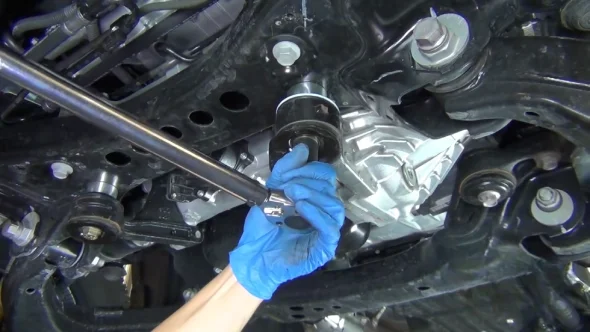
Installing bigger shocks with a lift kit typically requires some additional tools, but they are not necessarily “special” tools. Here are some tools you may need:
Socket Set and Wrenches: You’ll need these to remove and install the old shocks and install the new ones.
Jack and Jack Stands: You’ll need these to lift and support your vehicle while you work on it.
Spring Compressor: If you’re installing longer shocks with a suspension lift kit, you may need to compress the springs to remove the existing shocks and install the recent ones. A spring compressor is a tool designed for this task.
Torque Wrench: You’ll need this to tighten the shock bolts to the manufacturer’s recommended torque specifications.
Lubricant: You may need lubricant to help loosen and remove rusted or corroded bolts.
Pry bar: If you encounter any stubborn bolts, a pry bar can help loosen them.
Can Shocks Be Too Long?
Shock absorbers that are too long can create an uncomfortable ride experience. When going over large bumps or dips in the road, a suspension with overly-long shock absorbers may bottom out and reduce its ability to absorb impacts. It leads to jarring sensations for passengers.
Do Shorter Shocks Lower My Truck?
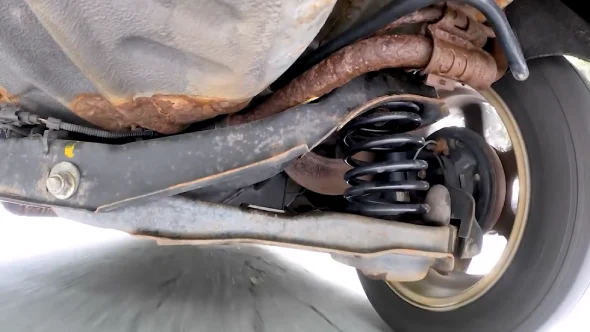
Shorter shocks can lower your truck’s ride height if paired with shorter springs than those factory installed.
A shorter shock absorber will reduce the travel available for the suspension. Thus it decreases the distance between the truck’s frame and ground level. As a result, you may be able to lower your truck’s ride height.
Does A Lift Kit Affect Shocks?
Installing a lift kit in your truck can have an impact on your shocks as well as other parts of your suspension system. The lift kit increases clearance between the body of your truck and its axles, allowing for larger tires and improved off-roading capabilities.
This changes both the angle and length of movement for shock absorbers which can reduce their performance over time. It impacts handling by making turns more unstable due to extra weight displacement on one side of the vehicle or another.
Install the Right Shock Absorber for a Smooth Ride with a Lift Kit
Installing a lift kit requires the right type of longer shock to achieve safe and comfortable handling. While the basic types of shocks remain relatively constant, vehicle type and model, weight, and tire size can play an essential role in selecting the right shock for your situation.
When choosing your shock absorbers, precise consideration needs to be taken in order for you to reap all of the benefits that a lift kit has on offer. Consider each component within your suspension system carefully so that harsh vibrations are avoided, and maximum travel is achieved.
